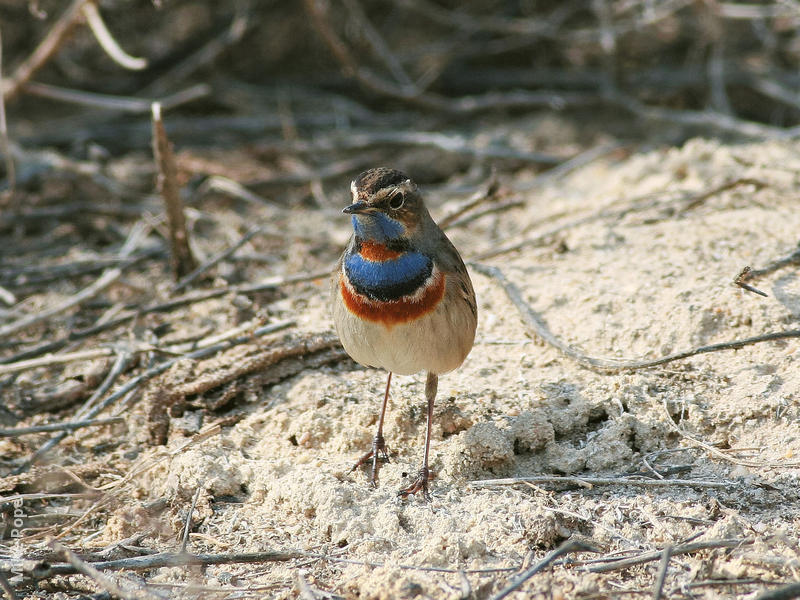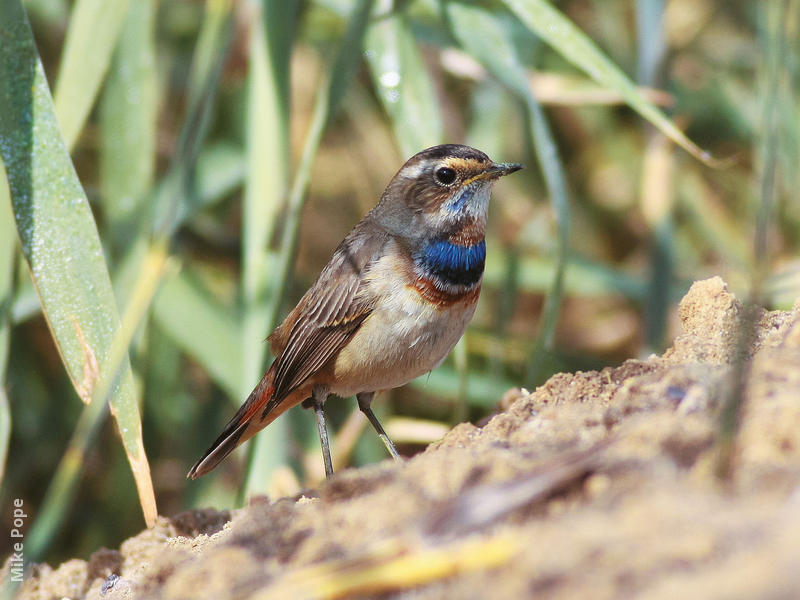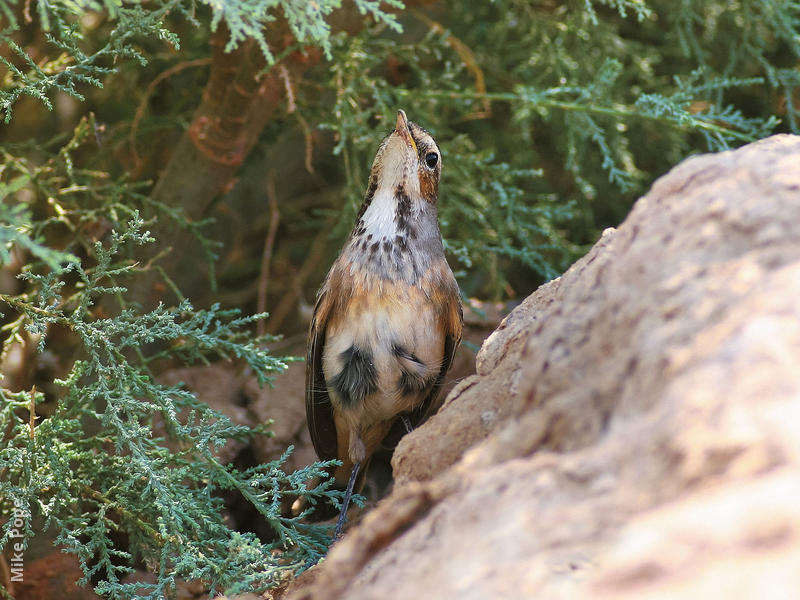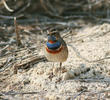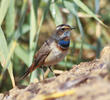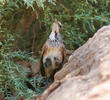- ‹ previous
- 326 of 415
- next ›
Recordings
Scientific Name
Luscinia svecica
Arabic Name
أزرق الحلق ذو البقعة الحمراء
Kuwaiti name
بنت الصباغ
Similar species
Information
Common passage migrant and winter visitor. Prefers damp locations such as reed beds or humid thickets. This is the nominate subspecies from northern Eurasia and differs in the male’s throat markings. In winter and autumn subspecies identification is difficult.
Where in Kuwait
A strikingly beautiful bird, the small and secretive Bluethroat takes its name from the bright blue bib of the male. It is associated with low scrubby thickets, as well as around banks of brackish pools and mainly in vegetation close to areas of fresh or salt water. It is recorded in the Jahra Area, as far south as Khiran and Wafra and as far west as Al Abraq and in the north at Abdaly Farms
In the world
It has an extremely large range with a stable population. It is a migratory insectivorous species breeding in Europe and Asia with a foothold in western Alaska. It winters in north Africa and the Indian Subcontinent. It spends much of the time hidden in thick vegetation foraging for invertebrates. Some races, such as L. svecica svecica (Red-spotted Bluethroat) of northern Eurasia, have a red spot in the centre of the blue bib.
Others, such as L. svecica cyanecula (White-spotted Bluethroat) of southern and central Europe, have a white spot in the centre of the blue bib. L. svecica magna in Turkey has no central spot.
Local threats
Habitat loss and degradation


